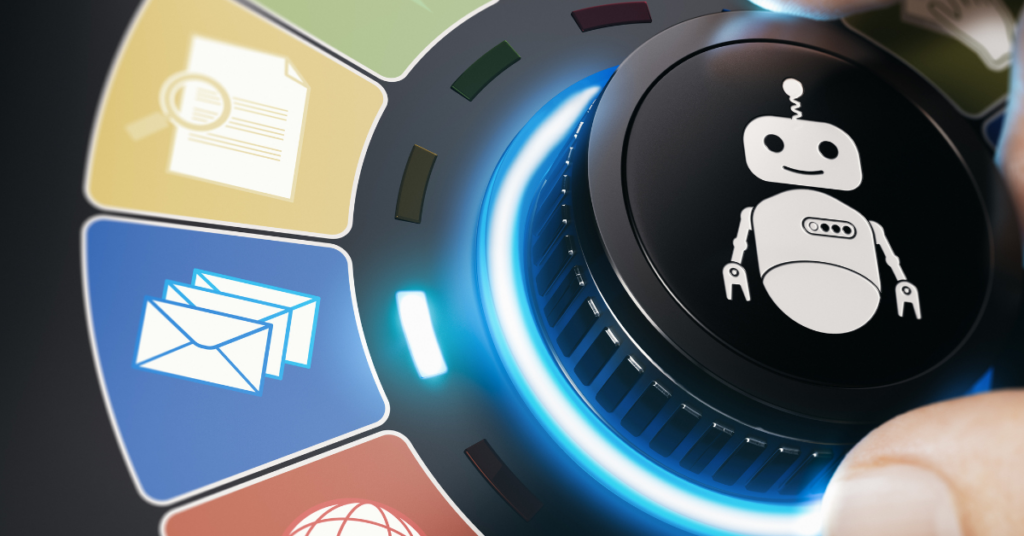SIEM vs SOAR vs XDR: What MSPs Need to Know
With global cybersecurity spending on products and services projected to grow by 10% in 2024, reaching $208 billion, MSPs have access to many security solutions under multiple “acronym-salad” categories. This blog will focus on three of them: SIEM vs SOAR vs XDR.
Each of these categories offers unique capabilities and addresses specific security needs across various operational environments. To better understand the distinctions between SIEM, SOAR and XDR, let’s examine their functionalities and how they can work together.
What Is SIEM?
Security information and event management (SIEM) primarily focuses on managing and analyzing logs and events for compliance and auditing purposes. Initially developed to consolidate alerts from various sources, SIEM has since evolved to provide a central hub for security data analysis.
Here are the capabilities that SIEM tools offer:
- Data aggregation: Collects and consolidates all log data generated across an IT infrastructure, including network devices, servers, domain controllers and more.
- Event correlation: Analyzes events from various sources, identifying patterns that serve as indicators of compromise.
- Alerting: Generates security alerts, prioritizing based on the severity and potential impact of the identified event, focusing on the most critical problems first.
- Dashboards and reporting: Gives an overview of a network’s security status at a glance, offering comprehensive reporting capabilities (crucial for compliance and forensic analysis in case of a security breach).
- Forensic analysis: Provides historical event data that is critical for conducting threat detection investigations and preventing future breaches.
Popular SIEM solutions for your MSP technology stack include Microsoft Sentinel, Splunk Enterprise Security and IBM QRadar SIEM.
What Is SOAR?
Security orchestration, automation and response (SOAR) enhances and streamlines security operations with advanced automation and application integration capabilities, which is particularly beneficial in environments where the number of events from multiple security tools is causing alert fatigue.
Here’s what SOAR tools offer:
- Orchestration: Connects various security tools and systems, enabling them to communicate for more coordinated and effective responses to security threats.
- Automation: Reduces the manual burden of running routine and complex security workflows.
- Incident response: Reduces response time to security incidents by automating remediation based on predefined criteria, such as the presence of a known malicious IP address in network traffic.
- Dashboards and visualization: Offers real-time insights into an organization’s security environment, enabling security teams to visualize threats and prioritize response efforts based on severity and urgency.
- Playbooks: Uses predefined rules and procedures for various security incidents, ensuring that every action is consistent with security policies and best practices.
SaaS Alerts is one example of a SOAR platform designed for MSPs to detect unauthorized activity in their customers’ SaaS applications and provide automated remediation.
Need help selecting the best cloud SaaS security software? Read our guide for MSPs.
What Is XDR?
Extended detection and response (XDR) is an integrated security solution that extends protection across a digital environment. Unlike traditional methods that manage and react to data within isolated scopes, XDR provides a comprehensive, cross-layered approach to threat detection and response.
Here are the benefits that XDR tools offer:
- Unified data protection: Collects and analyzes data across endpoints, networks, servers and cloud services, providing a holistic approach that reduces false positives and allows for more accurate detection and response to data breaches.
- Advanced threat detection: Uses sophisticated analytics and machine learning to identify subtle patterns and anomalies in user behavior. This way, it can detect complex, multi-stage attacks that other tools might miss.
- Automated responses: Streamlines actions across integrated tools and platforms, speeding up mitigation efforts and ensuring consistency in handling threats across the entire IT ecosystem.
- Enhanced visibility and control: Provides comprehensive insight into security events and the status of defenses across their networks, simplifying the management of security alerts and improving the efficiency of security operations.
Examples of XDR solutions include CrowdStrike Falcon XDR, Palo Alto Networks Cortex XDR and Sophos XDR.
SIEM vs SOAR vs XDR: Key Differences
Now that we have a clearer understanding of what each category offers, let’s break down the critical differences between SIEM, SOAR and XDR:
| SIEM | SOAR | XDR | |
| Primary focus | Log management and event correlation | Automation of security workflows and response | Extended detection across network, endpoint, cloud and application layers |
| Key functions |
|
|
|
| Deployment complexity | Requires substantial setup and tuning | Can require complex integration and configuration | Designed for ease of use out of the box |
| Best use case | Organizations that need detailed logs and compliance oversight | Environments with high alert volumes needing
streamlined operations |
Companies needing robust threat detection and responses |
| Integration | Often requires integration with tools for full functionality | Designed to integrate with multiple systems for cohesive operation | Integrates with existing infrastructure to provide holistic security |
Just keep in mind that none of these solutions fully replace each other. Instead, they complement and enhance one another’s capabilities.
Example of SIEM, SOAR and XDR Collaboration
Consider a scenario where a bad actor attempts to access customer data: SIEM first detects unusual access patterns and then triggers a SOAR response to isolate the affected server. At the same time, XDR analyzes and neutralizes a malware threat, ensuring rapid and comprehensive protection of customer data.
In that example, SIEM’s data collection and correlation, SOAR’s automation and orchestration, meshed with XDR’s extensive detection and responsiveness, create a cohesive security framework, enhancing the overall effectiveness of the response to the threat.
A SOAR Platform Built for MSPs
SaaS Alerts can work as your SOAR solution, helping protect your customers and your MSP from the ever-growing SaaS threat landscape. Built to integrate with the productivity platforms that SMBs rely on to run their business, our SaaS security platform:
- Protects SaaS applications, including Microsoft 365, Google Workspace, Slack and more
- Unifies customer security alerts into a single multi-tenant view
- Integrates with your native PSA console to streamline responses
- Offers in-depth reporting of your customers’ application security
- Enables multi-tenant security policy orchestration
- Provides multi-tenant fully automated remediation of compromised accounts
Protect your customers’ most critical SaaS applications. Start your free trial today.






